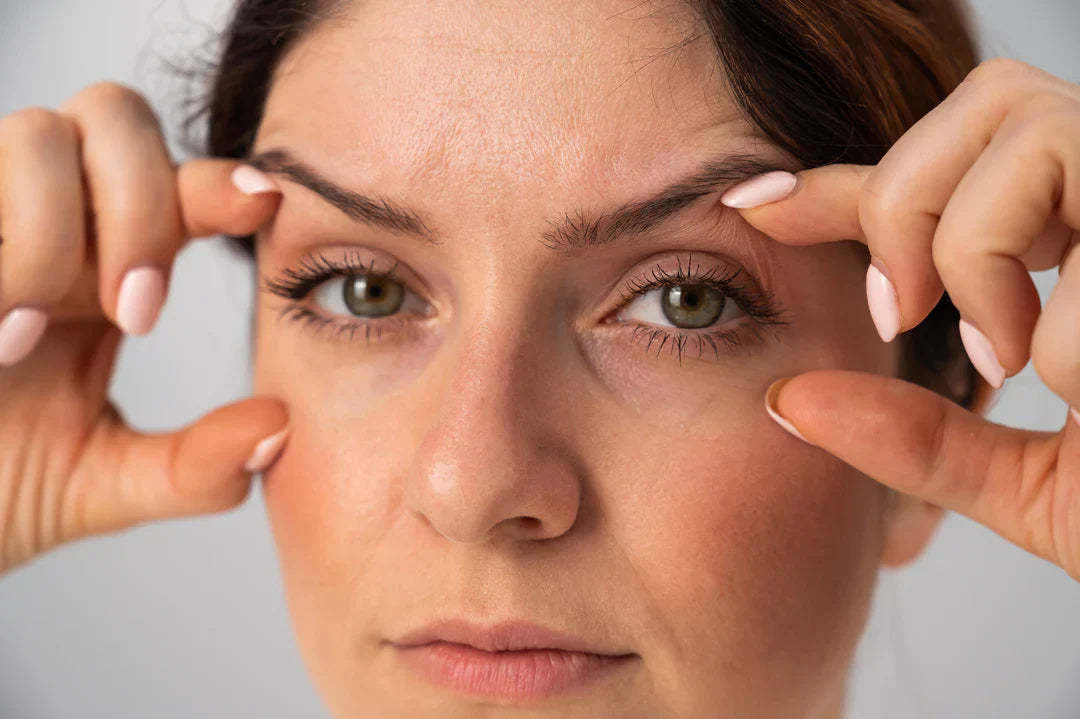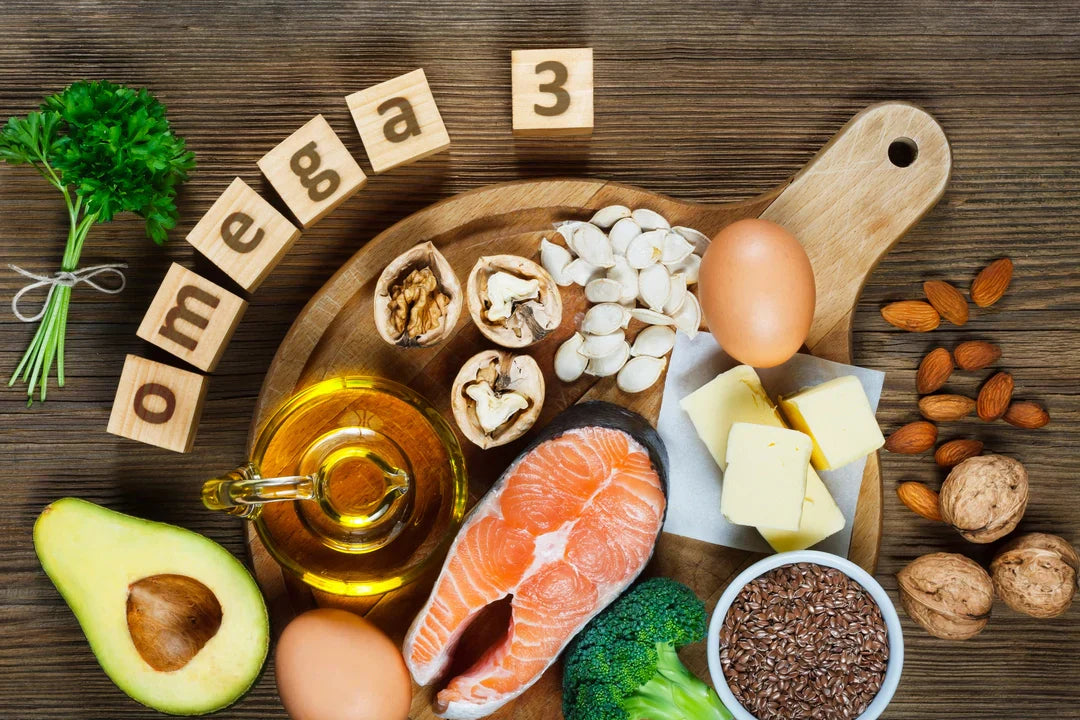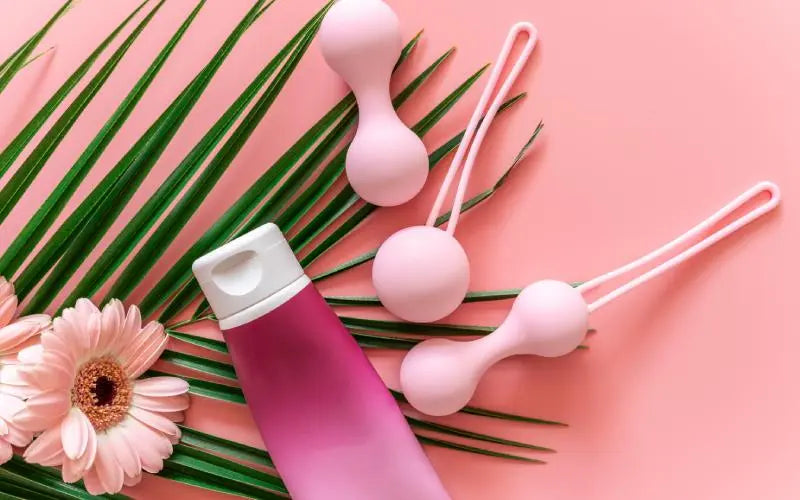
Recipe
Watermelon, Feta & Mint Salad
Serves: 2
Prep time: 5 minutes
Ingredients
180g watermelon, cut into bite-sized chunks
½ cucumber, halved lengthways and sliced
Two large handfuls of salad leaves
Leaves from ½ bunch of fresh mint (save a few to garnish)
1 tbsp extra virgin olive oil
1 tsp lemon juice (optional)
100g feta, crumbled
A small handful of walnuts, roughly chopped and lightly toasted
Sea salt and black pepper
1 tbsp balsamic glaze (optional)
Method
1. Place the salad leaves on a serving plate.
2. Add the watermelon, cucumber, salad leaves, and most of the mint leaves to a bowl.
3. Drizzle over the olive oil and lemon juice, season lightly with salt and pepper, and gently toss to coat.
4. Transfer to the serving plate and scatter over the crumbled feta, toasted walnuts, and remaining mint.
4. Divide into bowls and just before serving, finish with a drizzle of balsamic glaze.
What makes it menopause-friendly?
-
Watermelon and cucumber are hydrating and packed with antioxidants
-
Feta provides calcium and protein
-
Green leaves are rich in folate and fibre
-
Walnuts contain skin-supportive fats for hormone balance and brain health
-
Olive oil is an excellent source of healthy, heart-healthy monounsaturated fatty acids.
Hydration is a Summer Essential in Menopause
When you're navigating the ups and downs of menopause, your skin often reflects what's happening beneath the surface. While hydration is always important, it becomes especially essential during perimenopause and menopause. Not just to manage heat and flushes, but to support the structure, function and comfort of your skin. You may not have thought about this, but staying hydrated isn't just about how much water you drink. The foods you eat, the way your body processes fluids, and your hormone levels all play a role in how well your skin holds onto moisture, especially when oestrogen starts to decline from perimenopause onwards.
Why menopause affects your skin's hydration levels
Oestrogen does a lot more than regulate our cycles, it also supports collagen production, oil (sebum) production, and skin barrier function, all of which help your skin stay plump, elastic and hydrated. As oestrogen levels fall in perimenopause and menopause, the skin naturally becomes:
-
Thinner, making it more prone to moisture loss and damage
-
Less elastic, contributing to fine lines, dryness and ageing
-
More sensitive, especially to UV, weather changes, and skincare products
-
Slower to repair, as cell turnover and circulation both decline
This means your skin requires a little extra support, both internally and externally, to stay healthy and resilient. One of the simplest and most effective ways to do that is to hydrate intelligently.
Hydration isn't just about what you drink
We often hear that we should drink 6–8 glasses of water a day. That's not bad advice, but it doesn't reflect the whole story. Your hydration status depends on several factors, including your age, physical activity level, diet, environmental conditions, and hormonal status. For most midlife women, aiming for 1.5 to 2 litres of fluid per day is a sensible starting point, but don't just think water, as this can also include:
-
Herbal teas
-
Naturally flavoured water (cucumber, lemon, mint)
-
Coconut water
-
Broths or chilled soups
-
Milk, kefir, or diluted juices
-
Electrolyte-infused water
-
Sparkling water
You may have overlooked this, but around 20–30% of oestrogen loss affects the way your skin retains moisture, but it also increases the need for skin-supportive nutrients, such as vitamin C, healthy fats, antioxidants, and water. The good news? Many everyday foods can help you stay hydrated and provide your body with the necessary nutrients during menopause.
Watermelon
Watermelon is a hydrating summer treat. It's approximately 94% water and contains lycopene, a natural antioxidant linked to skin health and protection against UV damage. This is particularly important during menopause, when skin can become drier and more sensitive. It's also cooling, light, and easy to eat, which is ideal if your appetite dips in the heat.
Cucumber
At 95% water, cucumber is one of the most hydrating foods you can eat. It's soothing for the digestive system (helpful if menopause has brought bloating or sluggishness), and it contains silica. This trace mineral supports the structure of the skin and connective tissue.
Lettuce, celery, tomatoes, radishes
These crunchy salad staples are all high in water, low in calories, and rich in plant compounds that support cellular health. Tomatoes add more lycopene, while celery brings natural electrolytes like potassium and sodium, helping your body retain hydration in warmer weather.
Citrus fruits, strawberries, melon
These fruits combine a high-water content with a beneficial dose of vitamin C, which is essential for collagen production and skin repair. Since collagen levels drop significantly during menopause, vitamin C becomes even more critical.
Yoghurt and soups
These might not be obvious hydration heroes, but they are still important. Plain yoghurt contains fluid, protein and calcium, all vital in midlife, and can also support your gut health. A chilled soup, like gazpacho or cucumber and mint, is a great way to sneak in both fluids and fibre.
What else impacts hydration in menopause?
Hydration isn't just about water in vs. water out. Midlife brings a few unique challenges that can affect how well your body holds onto and uses fluid. This means we need to be more proactive about hydration in menopause, not just when we feel thirsty.
-
Hot flushes and night sweats can increase fluid loss.
-
Caffeine and alcohol may lead to mild dehydration (especially if not balanced with water).
-
Reduced thirst perception means that some women don't feel thirsty even when they are mildly dehydrated.
-
Changes in kidney function can subtly alter fluid balance over time.
-
Loss of oestrogen, which affects the skin barrier, increases the likelihood of water loss from the skin.
So, what does good hydration look like?
-
Sip water regularly throughout the day, not just when you remember to do so.
-
Start the day with a glass of water (or warm water with lemon) before coffee or tea.
-
Include at least one water-rich food at every meal, even just a handful of cucumber, strawberries, or lettuce.
-
If you're sweating more, naturally replenish electrolytes with coconut water, celery, or a pinch of sea salt in your food.
-
Watch for signs such as dry lips, headaches, fatigue, or dark urine. These symptoms can be early indicators that your fluid levels are low.
-
Embrace your creativity in the kitchen with a Watermelon, Feta & Mint Salad paired with Rocket and Walnuts. This vibrant summer salad is an easy and delicious way to hydrate and nourish your skin. It's perfect for warm days when cooking feels like too much effort, but you know you need to support your midlife metabolism and wellbeing.
Your midlife glow starts with hydration
You might have a shelf full of skincare products, but without proper hydration, you're only doing half the job. During menopause, when your body and skin undergo significant changes, supporting hydration from the inside becomes crucial. It's not just about what you put on your skin, but what you feed it, too. Therefore, make hydration a priority in your everyday routine especially during the summer; sip steadily throughout the day, and fill your plate with colourful, water-rich foods. Believe me, your midlife health will thank you!
You May Also Like
To learn more go to Academy
Join us on our academy of wellness and insightful medical information tailored just for you.
Discover expert tips, resources, and community support. Let's empower ourselves together.



















Join the discussion
Comments
No comments yet. Be the first to comment!